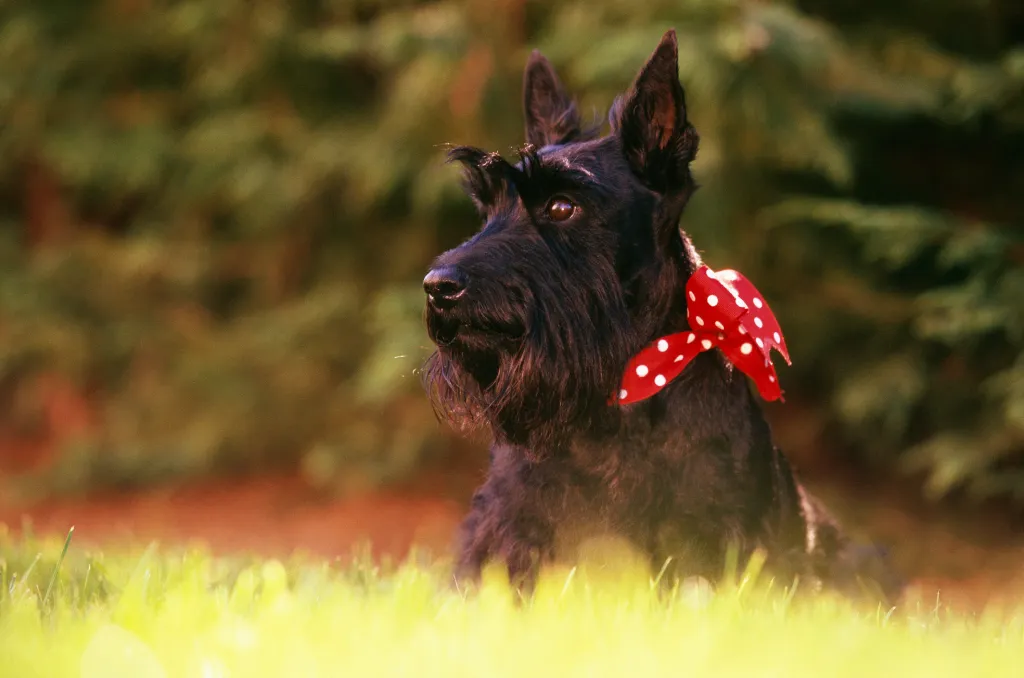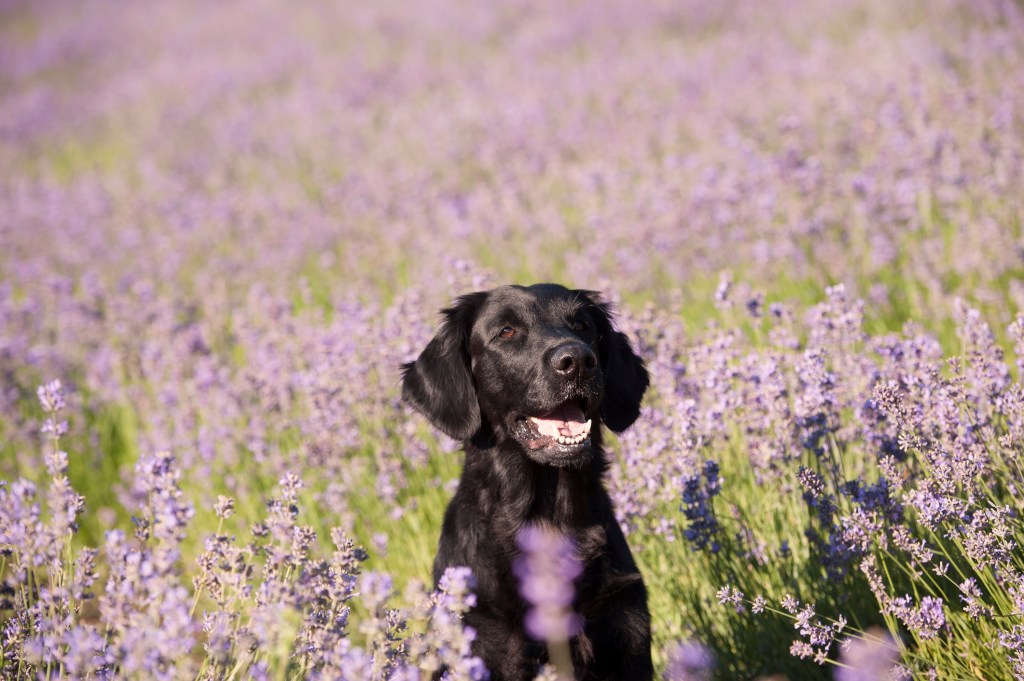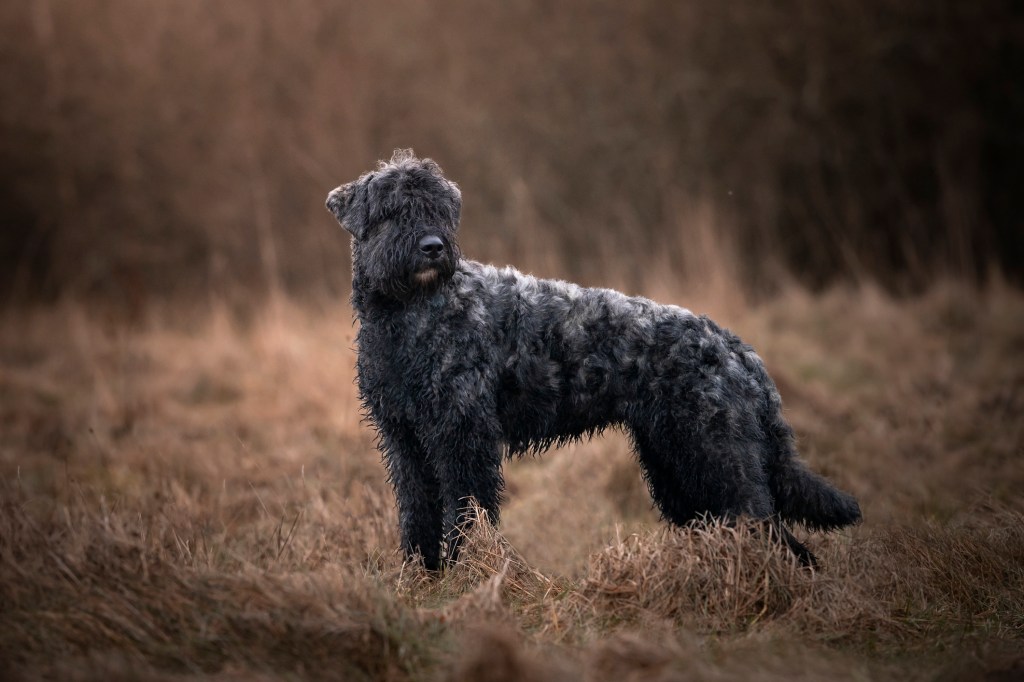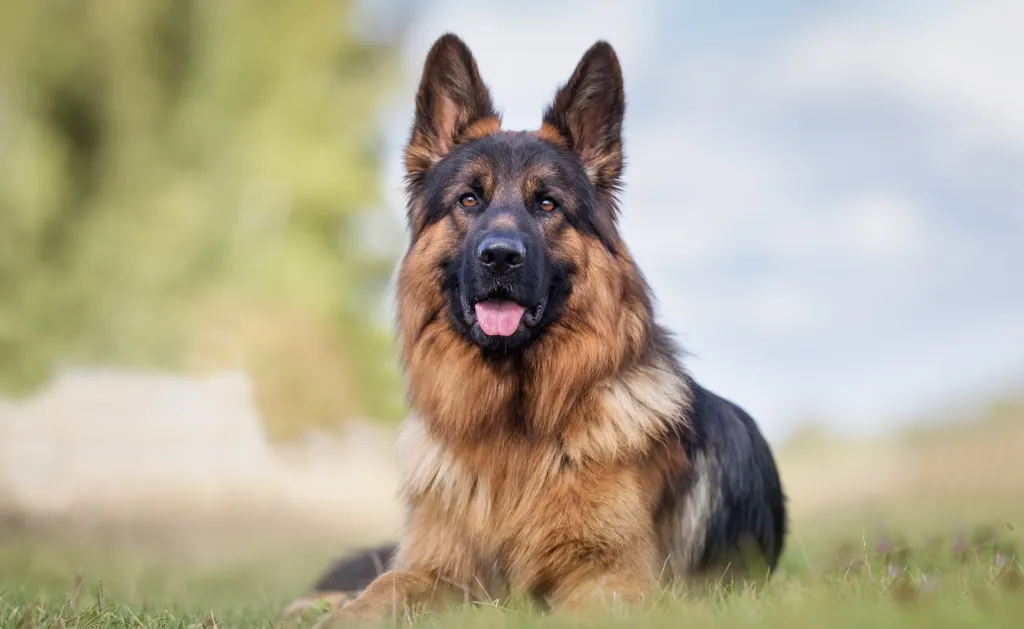In a recent study published by Royal Society Open Science, researchers identified dog breeds who may be more susceptible to cancer, the number one cause of death in dogs. Furthermore, this study’s findings challenged the myth that large breeds are more likely to develop cancer. While some dog breeds face a predisposition for cancer, multiple breeds are particularly known for an elevated risk. Here are ten dog breeds prone to cancer.
Bernese Mountain Dog

Per the study’s research, Bernese Mountain Dogs faced an elevated risk of developing cancer. In particular, the breed is more susceptible to lymphoma, mast cell tumors, and hemangiosarcoma, a cancer affecting the blood vessels. Unfortunately, this type of cancer typically affects the spleen and goes unnoticed until an internal tumor ruptures. Hemangiosarcoma symptoms may include weakness, pale gums, and fatigue.
Bullmastiff

Like the Bernese Mountain Dog, the Bullmastiff has a higher cancer risk. This Mastiff breed is more susceptible to certain types of cancer from a young age. In particular, they are prone to mast cell tumors and lymphoma or lymphosarcoma. Fortunately, many mast cell cancers can be cured surgically, and some are treatable with chemotherapy. Lymphoma is also a highly treatable cancer, with an excellent success rate in dogs receiving chemotherapy. In fact, it is one of the few types of cancer that can be detected through a blood test. Your Bullmastiff’s veterinarian may recommend a complete blood count twice a year.
Beagle

The Beagle, known for their spunky, affectionate, and lovable nature, holds a special place in the hearts of dog lovers worldwide. Despite their endearing qualities, the Beagle is a breed prone to cancer, including lymphoma, lymphatic cancer, and osteosarcoma, a form of bone cancer. Moreover, they are more prone to developing bladder cancer. If your dog exhibits signs such as blood in their urine or experiences painful or frequent urination, these may indicate the presence of bladder cancer.
Scottish Terrier

Scottish Terriers face a significantly elevated risk, 20 times higher than other dog breeds, developing bladder cancer, specifically transitional cell carcinoma (TCC). This breed-specific susceptibility to TCC underscores the importance of regular veterinary checkups and proactive health monitoring. Understanding and addressing this heightened risk can contribute to the early detection and management of bladder cancer in Scottish Terriers. Early detection can potentially improve treatment outcomes.
Flat-Coated Retriever

The Royal Society Open Science published study examined 85 breeds in multiple datasets. Per the study’s findings, the Flat-Coated Retriever showed a significantly higher cancer mortality rate than other breeds. Additionally, research from a separate, long-term Cambridge University study also indicated that half of all Flatcoats will develop cancer by the age of eight, with many dying from the disease. The primary killer is malignant histiocytosis, a multi-system, rapidly progressive cancer that is typically fatal.
Boxer

Cancer stands out as the primary health concern for Boxer dogs, constituting this breed’s number one health issue. According to a comprehensive 20-year study conducted by the University of Georgia, a staggering 44.3% of Boxers died of various forms of cancer. The Royal Veterinary College’s estimates are equally alarming, suggesting one in seven Boxers will be diagnosed with cancer each year. Pet parents of this breed should stay up-to-date on veterinary appointments and screenings as a preventative measure. Early detection is vital for the treatment of cancer.
Bouvier Des Flandres

The Bouvier des Flandres, a dog celebrated for their versatility and compatibility with children, is a breed predisposed to gastric carcinoma, a malignant form of stomach cancer. Specifically, a collaborative study conducted in Denmark and Norway found that Bouviers are in the high-risk group for developing gastric carcinoma. The most common clinical symptoms were vomiting, anorexia, and weight loss.
German Shepherd

As German Shepherds age, their chances of being diagnosed with cancer increase dramatically. The estimated rate for diagnosis is 50%, owing to the breed’s unfortunate predisposition to certain types of cancer. Typically, this risk increases around the age of ten, with roughly half of cancer cases being fatal. This breed’s predisposition to cancer, particularly hemangiosarcoma — or blood vessel cancer — emphasizes the importance of vigilant health monitoring and proactive veterinary care for aging German Shepherds.
Pug

Although loved for their charming personalities and unique appearance, the Pug dog breed is also prone to cancer. These friendly pups are prone to mast cell tumors and oral melanoma, a form of skin cancer affecting the mouth. Surgical removal proves successful in curing half of all cancer cases, while certain types of cancer are responsive to chemotherapy. Again, early detection plays a pivotal role in effectively managing cancer in Pugs.
West Highland White Terrier

West Highland White Terriers, alongside Beagles and Scottish Terriers, are predisposed to the development of bladder cancer. Veterinarians diagnose the cancer through a biopsy, involving the removal of a small piece of the tumor for microscopic examination. Alternatively, this form of cancer may also be diagnosed through a urine test known as the CADET BRAF Mutation Detection Assay. Furthermore, the Royal Society Open Science study also indicated a higher frequency of adenoma/adenocarcinomas in Westies.
Other breeds highly susceptible to canine cancer
While the causes of cancer involve various factors, genetics likely contribute to susceptibility and the occurrence of cancers. Other dog breeds with a high cancer risk include the Saint Bernard, Irish Wolfhound, Rottweiler, Golden Retriever, Irish Water Spaniel, Hungarian Vizsla, and Leonberger.
If you’re considering adding a dog to your home, be sure to research information regarding your potential companion’s risk for cancer. Recognizing the types of cancer that appear more frequently in specific breeds can help pet owners take proactive measures.
Signs and symptoms in dog breeds prone to cancer
The National Canine Cancer Foundation advocates for regular checkups and monthly at-home scans for dogs, especially for breeds with a higher cancer risk. Monitoring for a range of symptoms is crucial. Symptoms to be aware of include the appearance of new lumps or bumps on the skin, alterations in their coat, changes in water consumption or appetite, and weight loss. Additional symptoms may include shifts in behavioral patterns like increased solitude, unusual sleeping locations, or sudden lethargy.
Other signs such as an enlarged abdomen, coughing, difficulty breathing, and limping may serve as potential indicators of cancer. Also, vomiting, diarrhea, alterations in urinary habits, and skin lesions that don’t heal properly could also hint at a potential cancer diagnosis. Accordingly, remaining vigilant and recognizing these signs can aid in early detection and timely intervention.
Adblock test (Why?)
Powered by WPeMatico